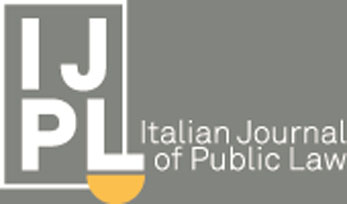MADIS ERNITS
Abstract
The article aims in four steps to identify Estonian constitional traditions at a large scale, the constitutional core, or the constitutional DNA. First, the background, i.e. the main origins of Estonian constitutional thinking at large, is scrutinised. Secondly, the five fundamental principles of the Constitution are briefly presented. Thirdly, the five general fundamental rights are outlined. And fourthly, the key elements of the institutional framework are briefly depicted. An annex is added to the basic text, presenting key developments in case law on two fundamental rights – freedom of expression and freedom of movement.
TABLE OF CONTENTS
1. Introductory remarks
2. Background – main origins of Estonian constitutional thinking at large
2.1 Estonian constitutional history
2.2 European Convention of Human Rights
2.3 Comparative, mainly German law
2.4 General principles of law
2.5 Soviet law
3. Fundamental constitutional principles
3.1 Human dignity
3.2 Democracy
3.3 Rechsstaat
3.3.1 Proportionality
3.3.2 Legal certainty
3.3.3 Access to courts and right to effective remedy
3.4 Social state
3.5 Estonian identity and eternity clause
* Madis Ernits, PhD, LL.M, is a judge of the Administrative Law Chamber ofm the
Tartu Court of Appeal and works at present as a Seconded National Expert at the Research and Documentation Directorate of the CJEU. The author is grateful to Ms. Andra Laurand for valuable criticism. The sole responsibility for possible mistakes lies with the author. The text is up to date as of 1 April 2020.
ERNITS – ON ESTONIAN CONSTITUTIONAL TRADITIONS
44
4. Constitutional rights
4.1 General right to freedom
4.2 General right to equality
4.3 General right to protection
4.4 General right to organization and procedure
4.5 General social right
5. Institutional framework
5.1 Separation and balance of powers
5.2 Free elections
5.3 Legality of administration
5.4 Independence of judiciary
5.5 Constitutional review
6. Concluding remarks
Annex: On two special liberty rights
1.1 On free speech
1.1.1 Tammer case
1.1.2 Delfi case
1.1.3 Political outdoor advertising case
1.1.4 Criminal liability cases
1.1.5 Civil liability cases
1.2 On free movement
